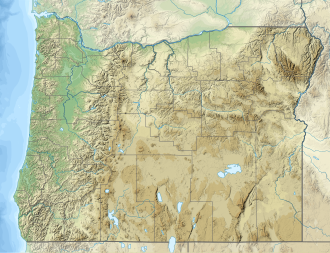| Menagerie Wilderness | |
|---|---|
 View looking east as rock pillars rise above the forest surrounding Keith Creek | |
| Location | Linn County, Oregon, United States |
| Nearest city | Sweet Home, Oregon |
| Coordinates | 44°25′44.03″N122°18′21.58″W / 44.4288972°N 122.3059944°W |
| Area | 5,033 acres (2,037 ha) |
| Established | 1984 |
| Governing body | United States Forest Service |
The Menagerie Wilderness is a designated wilderness area located near Mount Washington in the central Cascade Range of Oregon. It is situated near Highway 20 within the Willamette National Forest and is managed by the US Forest Service.

